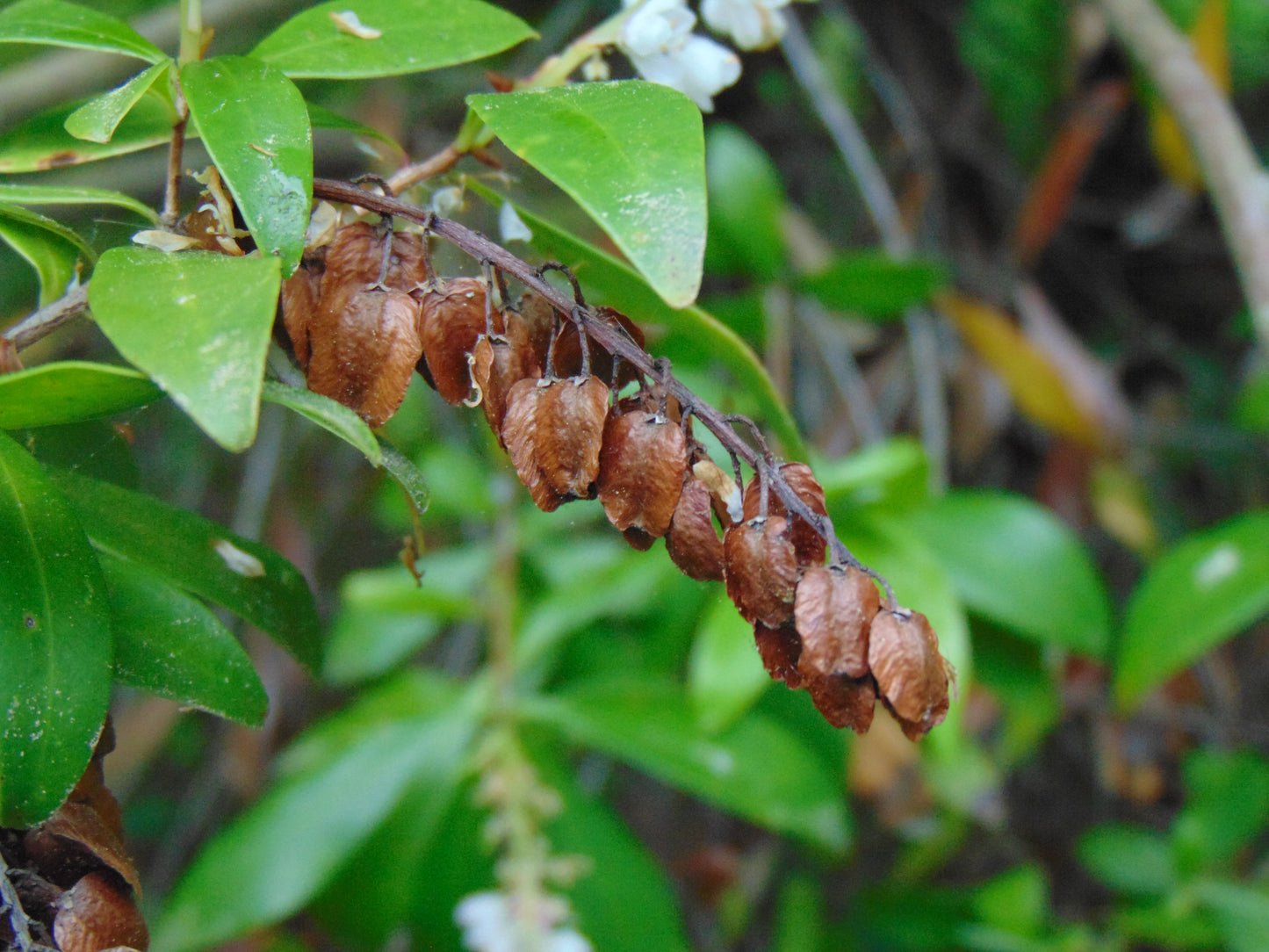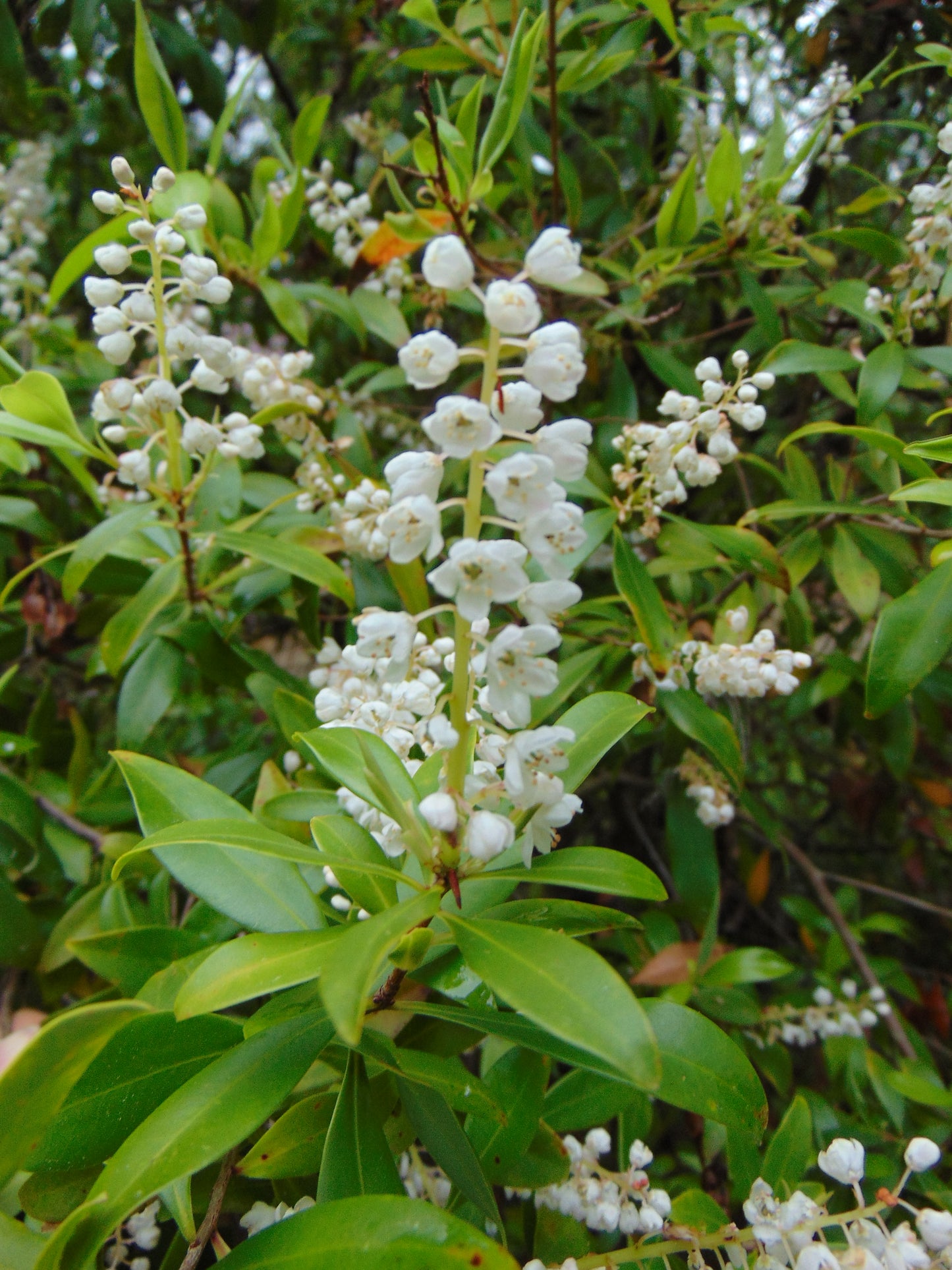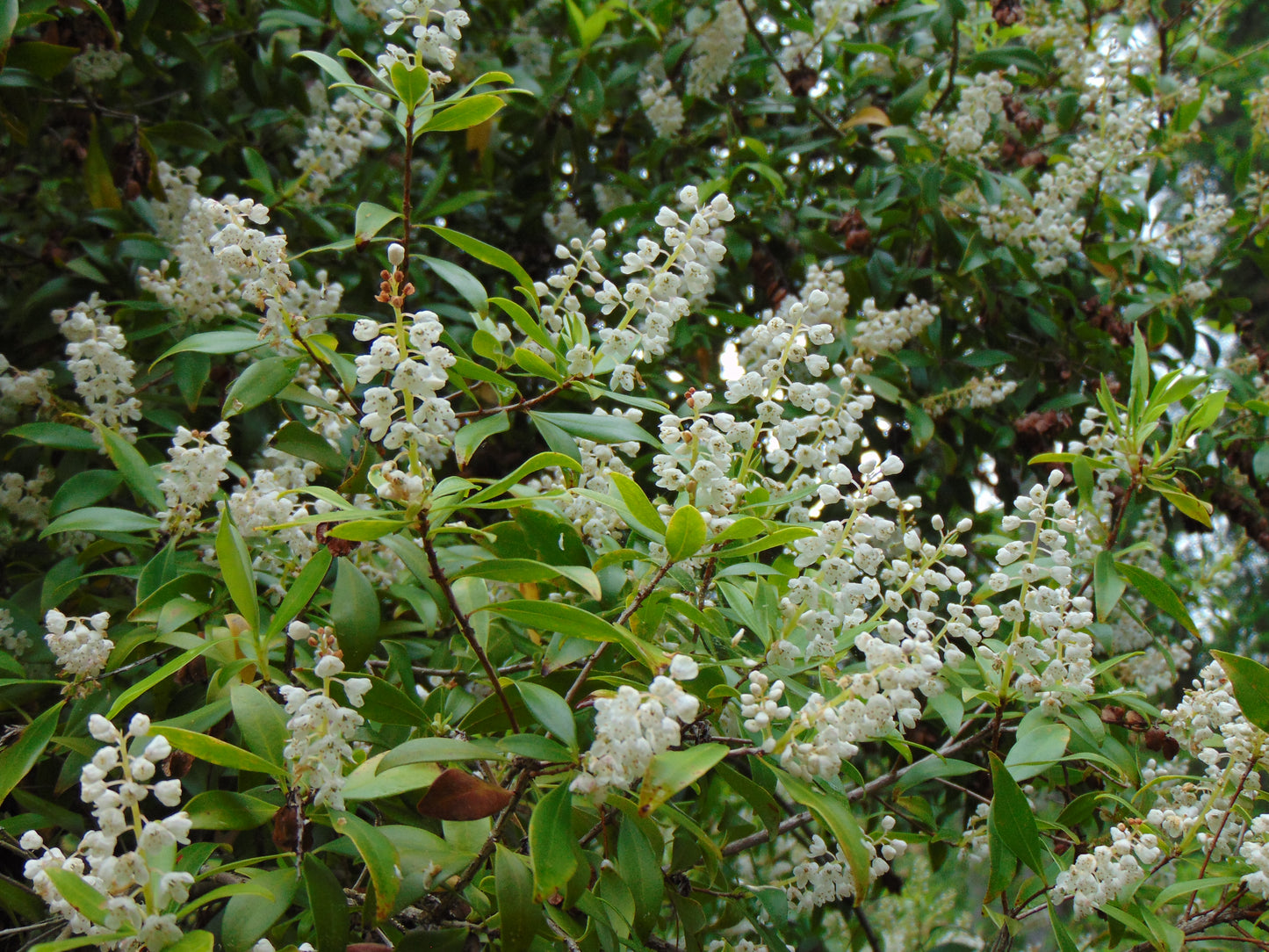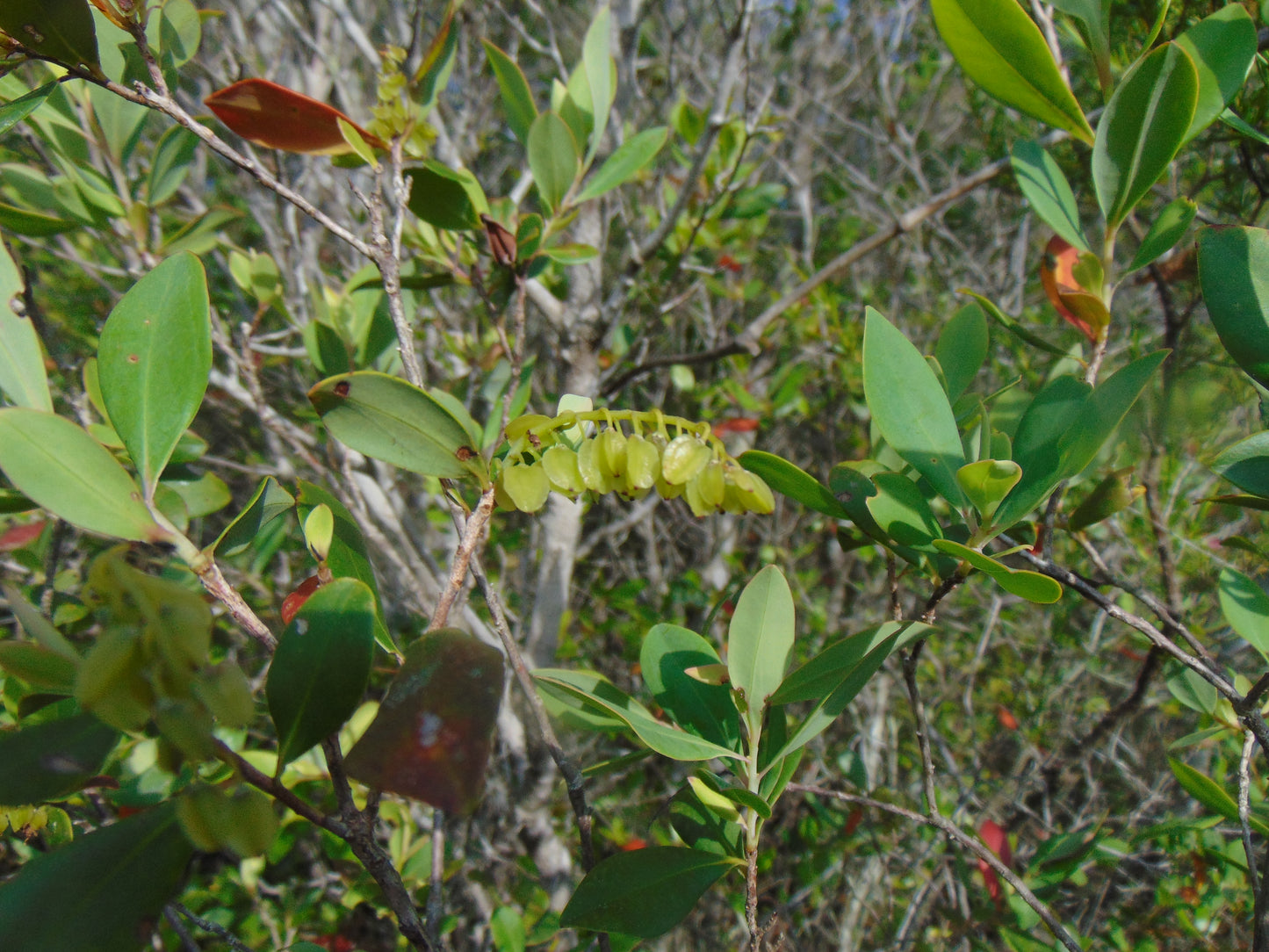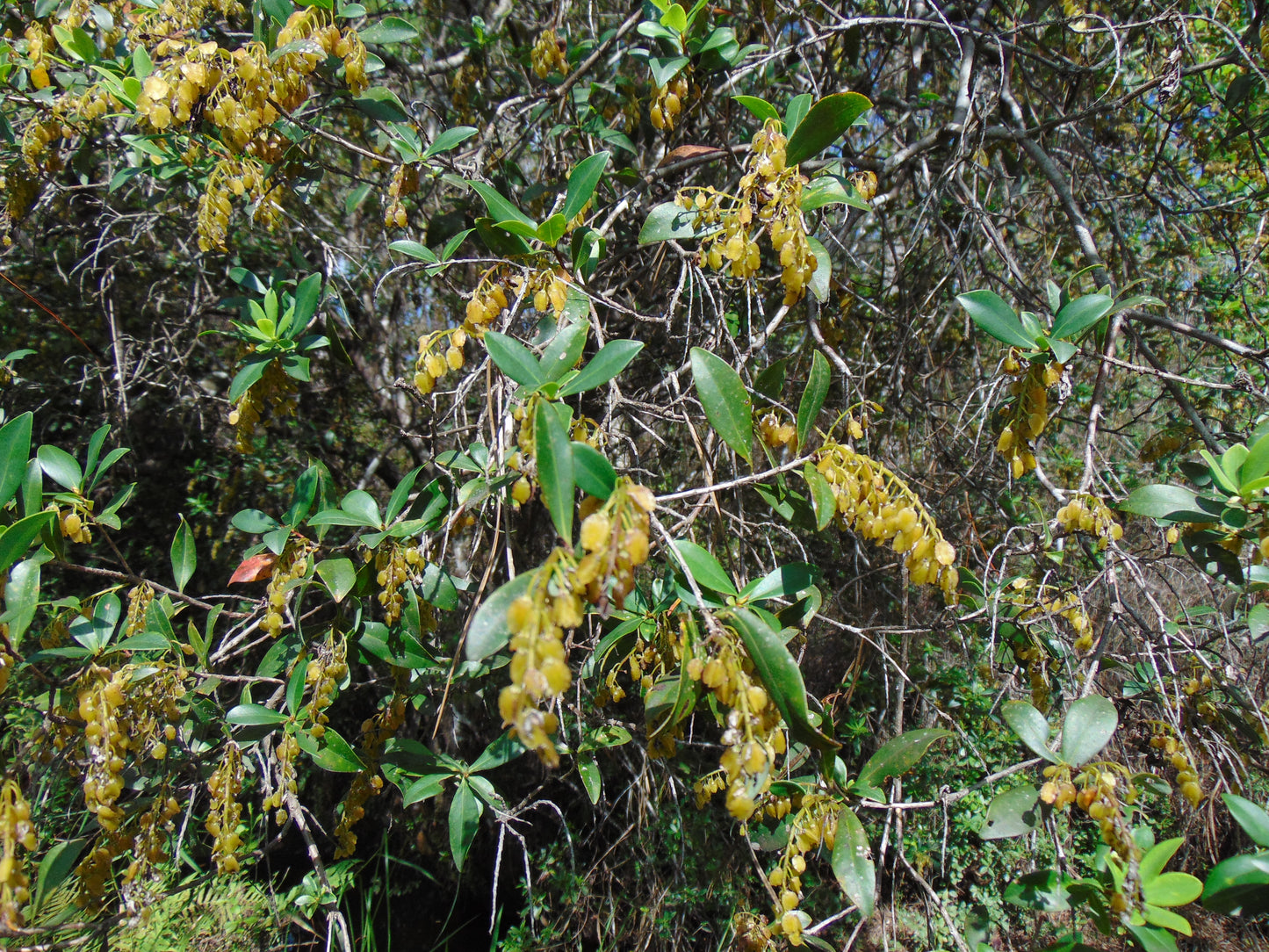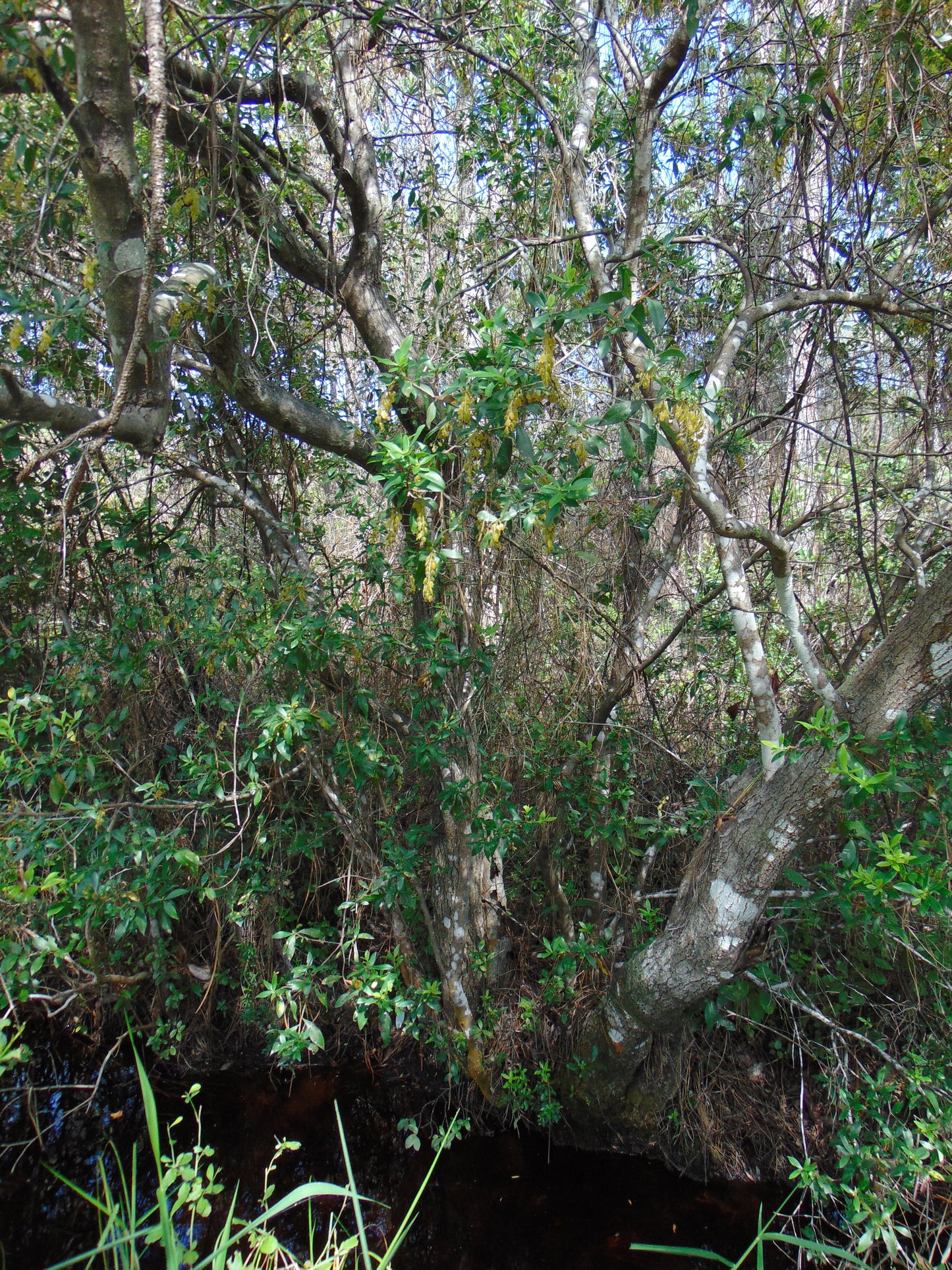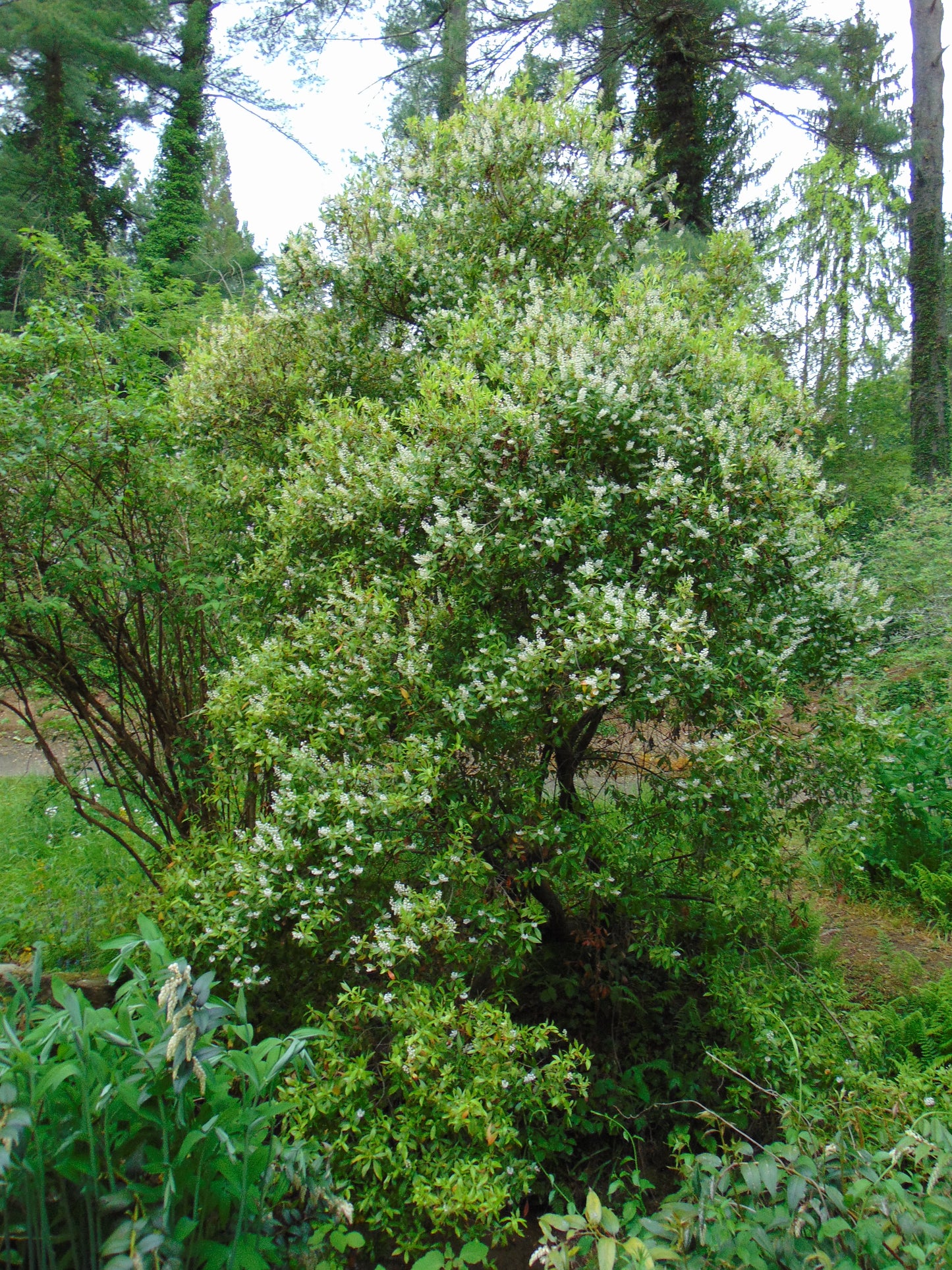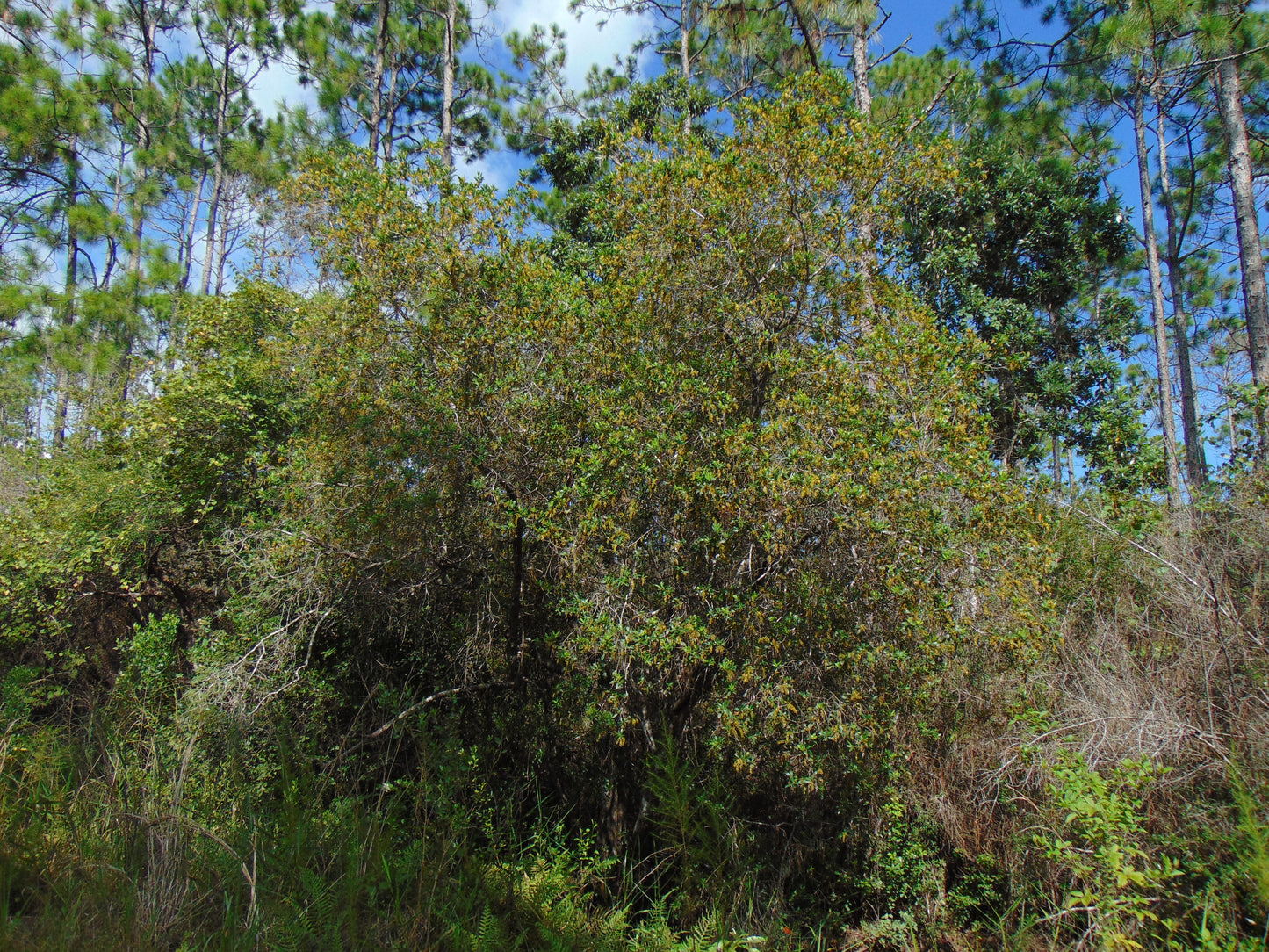Floridaseeds
Buckwheat Tree Black Titi Cliftonia monophylla 100 Seeds USA Company
Buckwheat Tree Black Titi Cliftonia monophylla 100 Seeds USA Company
Couldn't load pickup availability
Cliftonia monophylla, commonly known as buckwheat tree or titi, is a species of flowering plant in the family Cyrillaceae. It is native to the southeastern United States, where it is found in moist habitats such as swamps, bogs, and along stream banks.
Buckwheat tree is a deciduous shrub or small tree that typically grows to heights of 10 to 30 feet (3 to 9 meters). It is known for its attractive foliage and fragrant flowers. The leaves are leathery, glossy green, and usually lance-shaped, with a smooth margin. The flowers are small, white to pale pink, and grow in clusters at the ends of branches. They bloom in late spring to early summer, attracting pollinators such as bees and butterflies.
In addition to its ornamental value, Cliftonia monophylla provides important habitat and food for various wildlife species. Birds, insects, and small mammals are known to feed on its fruits and use the shrub for cover and nesting sites.
Culturally, buckwheat tree has been used in landscaping for its attractive appearance and ability to thrive in wetland environments. Hardy in zones 7-10.
Growing Instructions for the Buckwheat Tree
The seeds have a period of dormancy. They can be planted outdoors in the fall or winter for spring germination or they can be cold stratified to simulate winter conditions and to break their dormancy at any time of the year. 1. Soak the seeds in water for 24 hours. 2. Put the seeds in a ziplock bag. 3. Put the bag in the refrigerator and leave it there for 2 months. 4. The seeds like moist soil. Prepare a mixture of half potting soil and half sand, perlite or vermiculite. 5. Put the soil in a pot. 6. Sow the seeds on the soil. 7. Cover the seeds with a layer of soil that is ¼ of an inch thick. 7. Water the soil. 8. When the seedlings are a few inches tall, they can be transplanted.
Materials
Materials
Shipping & Returns
Shipping & Returns
Dimensions
Dimensions
Care Instructions
Care Instructions
Share
